Development of new oils may decrease levels of inflammation-causing fatty acids
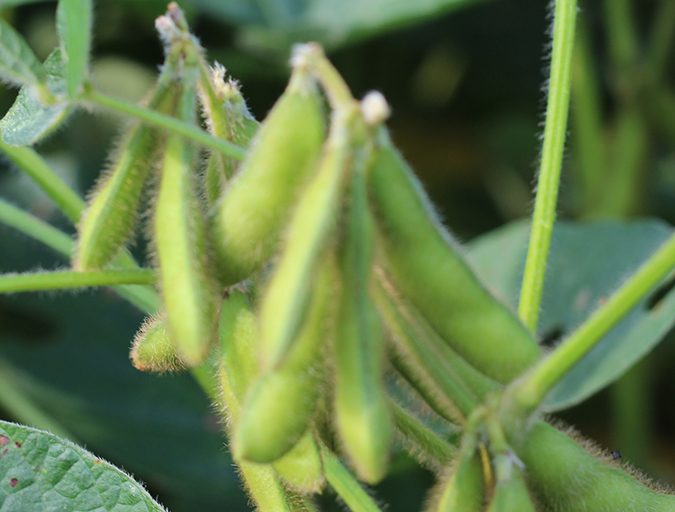
This year, 1 million acres of U.S. farmland are expected to be planted with a new kind of soybean. By 2023, the acreage will total 18 million acres, according to soy industry forecasts. The new soybeans are called “high-oleic” because they mimic the fatty acid profile of olive oil.
That’s good news for aquaculture, said Tom Brenna, professor of human nutrition and chemistry at Cornell University, who served on the scientific advisory committee that crafted the 2015 U.S. Dietary Guidelines.
Soybean oil made from the new beans contains fewer omega-6 fatty acids than conventional soybeans – which account for about 26 percent of aquaculture feed crop production, according to research from Johns Hopkins University.
Brenna, like many public health experts, is concerned that Americans eat too many omega-6 fatty acids – an abundance of which can promote inflammation, leading to chronic diseases. What’s more, omega-6 fatty acids compete with omega-3s, potentially nixing their widely purported anti-inflammatory benefits, making the ratio of the two fatty acids of farmed fish increasingly important.
Conventional soybean oil contains about six to eight times as much omega-6 fatty acids as omega-3 fatty acids, while the high-oleic soybean oil contains far less, just two to three times as much omega-6 fatty acids as omega-3s. The new beans are a tiny percentage of production and fetch a price premium of an extra 10-15 cents per pound.
Other vegetable oils are also dropping in omega-6 content, said Brenna. Two new sunflower oils – a high-oleic and a mid-oleic – have much smaller amounts of omega-6 than the conventional sunflower oil found on grocery store shelves.
“My view is that soybean meal and those kinds of high-oleic soybeans fed to fish are the ticket,” said Brenna. “That’s what we should be pushing for because then the composition of [farmed] fish is much more like what it is in the wild.”
Rise of omega-6s
Research shows farmed fish fed diets heavy on vegetable oils have higher amounts of omega-6 and lower amounts of omega-3 compared to fish fed diets heavy on fish oil.
While seafood remains the primary source of beneficial omega-3s – the prevalence of omega-6 threatens seafood’s healthy halo, particularly for farmed species with low levels of omega-3 fatty acids.
If we’re going to maintain a special position for seafood nutrition, we have to maintain its nutrient profile.
“The data shows those [vegetable] oils have affected the fatty acid profile in farmed fish, not just in omega-3 overall, but in increased omega-6 as well,” said Jillian Fry, project director of public health and sustainable aquaculture at the Johns Hopkins Center for a Livable Future. Fry led a study of the environmental health impacts of feeding crops to farmed fish that was published in March 2016 in Environment International. It also raised questions for human nutrition.
“This is not what you want to do in the Western diet. We just don’t know what the implications are for human nutrition. That’s the big question,” said Fry.
We are what we eat
These two essential fatty acids sound so much alike – but have opposite effects in the body.
Scientists agree that the ratio of omega-6s to omega-3s in Western diets is way too high. In our pre-industrial diets, the ratio was estimated to have been about two to four omega-6 molecules for every one omega-3 molecule.
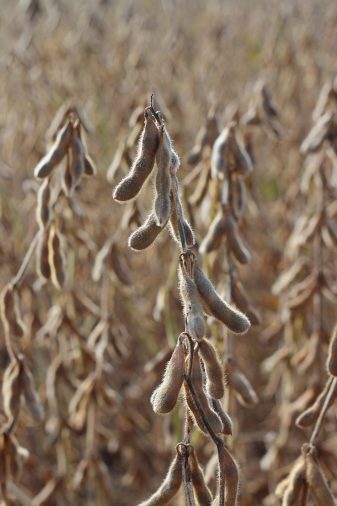
Today, it’s more like 20 to 1.
“We are eating a lot of omega-6s and we don’t eat enough omega-3,” said Giovanni Turchini, a professor of nutrition and food science at Deakin University in Burwood, Australia, who researches fish and human nutrition.
The omega-6 relationship to omega-3 is well-studied at the biochemical, genetic and nutritional levels, said Brenna.
“Geesh,” he said. “We really understand this.”
Simply-speaking, here’s how it works: Eicosanoids are a group of molecules in our bodies that function kind of like hormones, working within tissues and the bloodstream, explained Turchini. One of their main jobs is to regulate the inflammatory response – which is a useful physiological response. Eicosanoids derived from omega-6 fatty acids have a louder, stronger inflammatory signal, so are considered pro-inflammatory while eicosanoids derived from omega-3 fatty acids are anti-inflammatory.
In the omega-3 family, there is strong evidence that the long-chain fatty acids – eicosapentaenoic acid (EPA) and docosahexaenoic acid (DHA) – are heart-healthy, can prevent heart attacks, strokes and chronic diseases like arthritis. They are also important for brain health, brain development in infants and normal growth and development.
“It’s important that we maintain a right balance between the two fatty acids so the amount of inflammation signaling going around is in balance,” said Turchini. “When we have such an imbalance it means the body is constantly producing eicosanoids from omega-6 than omega-3. Basically, we put our body in a constant inflammation mode and that can facilitate a lot of diseases.” Those include cardiovascular disease, diabetes, and some forms of cancer.
Retaining omega-3s in farmed fish
Understanding all of those different types of fatty acids and what they do is really important, especially for the research scientists working to replicate what fish eat in the wild – while compelled to use less and less wild fish in feed.
Fishmeal and fish oil supplies have been flat, while aquaculture needs more feed to continue on its growth trajectory. Production of commercial aquaculture feed increased 106 percent from 2000 to 2008 and is projected to leap another 124 percent from 2008 to 2020, according to research led by Albert Tacon at Aquatic Farms in Kaneohe, Hawaii, and reported in Fry’s study.
Out of necessity fish feed companies have turned to a variety of vegetable oils made from rapeseed (canola), soybeans, corn, nuts and wheat. Some are high in omega-6s. Douglas Tocher, professor at University of Stirling in the Institute of Aquaculture, over 15 years has researched how to use plant oils instead of fish oils while keeping the final fillets rich in omega-3s.
There is no way around the fact that shifting to vegetable oils has led to a loss of EPA and DHA, he said.
“Farmed salmon is still the best source of EPA and DHA you can get. But we’re at the point where we can’t continue that forever. We can’t continue to just replace fish oil and fishmeal because then we’ll compromise seafood’s health benefits,” said Tocher.
Retaining the long-chain omega-3s in the fish tissue is the top priority, said Tocher.
“So our primary target is to get oils with EPA and DHA and our secondary target is to get omega-6 down,” said Tocher.“It is absolutely a concern in aquaculture. We absolutely don’t want to have fish with high levels of omega-6. But it’s not the most important thing.”
European feeds use primarily rapeseed/canola oil. “All of our research came down to the fact that the best oil was rapeseed”
because it contains twice as much omega-6 fatty acids as omega-3s — for a ratio of 2 to 1, said Tocher.
Soybean oil can be as high as 8:1.
“I’ve never regarded that as being a good oil to put into fish feeds,” said Tocher.
Effects on fatty acid profiles
Public health experts are watching the research data on the fatty acid profiles of many farmed seafood species to see how it compares to its wild counterparts, and how it compares to a control diet of fish oil.
The Scientific Report of the 2015 Dietary Guidelines Advisory Committee highlighted the differences in EPA and DHA between the farmed and wild versions of seven species, using data from the USDA National Nutrient Database, and from a 2014 study conducted by researchers at Purdue University.
Farmed catfish and crawfish, for example, have a fraction of the DHA and EPA they would have in the wild, while the amounts of DHA and EPA are comparable between farmed and wild bass and cod. Farmed chinook (king) salmon and farmed rainbow trout contained significantly more EPA and DHA than the wild chinook and rainbow trout.
The committee concluded that Americans could get the recommended amounts of EPA and DHA by eating a variety of farm-raised seafood, especially high-trophic species such as salmon and trout.
It also noted the lower EPA and DHA levels in the lower-trophic catfish and crayfish compared to wild: “Nutrient profiles in popular low-trophic farmed species should be improved through feeding and processing systems that produce and preserve nutrients similar to those of wild-caught seafood of the same species.”
The Purdue University nutrition science researchers – led by Dennis Cladis – studied the fatty acid profiles in the fillets of 76 finfish species from seafood vendors in U.S. regions for research published in the journal Lipids in March 2014.
When we have such an imbalance it means the body is constantly producing eicosanoids from omega-6 than omega-3. Basically, we put our body in a constant inflammation mode and that can facilitate a lot of diseases.
Total omega-3 fatty acids – EPA, DHA and others – in the fillets ranged from 26 mg per 100 grams in pangasius/swai to 3,011 mg per 100 g in Chilean sea bass. Albacore tuna (2,544 mg/100 g), Atlantic salmon (2,544 mg/100 g) and farmed chinook salmon (2,179 mg/100 g) all had the next-highest total omega-3 content.
The omega-6 fatty acid content ranged from 11 mg/100 g in Alaska pollock to 2,530 mg/100 g in Atlantic salmon, the researchers found.
“Interestingly, the six species with the highest [omega-6] content were all farmed,” wrote the researchers. They were: Atlantic salmon, green sturgeon, white sturgeon, channel catfish, chinook salmon and striped bass.
There was no information available on the feed formulations of the farmed fish studied. “[Saturated fatty acids], [mono-unsaturated fatty acids] and [omega-6] fatty acids were measured in much higher concentrations in many farmed species than in the wild species analyzed,” said the study.
Five of the species analyzed had farmed and wild origins. “EPA plus DHA content was higher in farmed samples than wild samples, indicating that farm-raised fish are better sources of EPA plus DHA than their wild-caught counterparts,” said the study.
New oils lower in omega-6
Despite the data and conclusions in the scientific advisory report that led to the 2015 US Dietary Guidelines – and that indicate this issue is on the radar of the public health community – you will not find any advice on omega-6 in the guidelines themselves.
Brenna, though concerned, didn’t push the issue. “The oils that were polyunsaturated and loaded with omega-6 are changing and turning into oils that look a lot more like olive oil,” he said.
The newer oils are more stable and have better frying and shelf life, and many are genetically modified.
“The more you drive down the omega-6, the more effective then are the [omega]-3s,” said Brenna. “It’s very important to me not to sound like I’m beating up industry because I’m not. Industry plays by the rules and makes inexpensive food. That’s good,” he noted.
Yet, Brenna wants to see consumers push for farmed foods to have the same nutrient profiles as they do in the wild.
“If we’re going to maintain a special position for seafood nutrition, we have to maintain its nutrient profile,” said Brenna.
Now that you've reached the end of the article ...
… please consider supporting GSA’s mission to advance responsible seafood practices through education, advocacy and third-party assurances. The Advocate aims to document the evolution of responsible seafood practices and share the expansive knowledge of our vast network of contributors.
By becoming a Global Seafood Alliance member, you’re ensuring that all of the pre-competitive work we do through member benefits, resources and events can continue. Individual membership costs just $50 a year.
Not a GSA member? Join us.
Author
-
Lisa Duchene
Lisa Duchene is a science writer specializing in conservation science and based in Belleville, Pa.
Related Posts
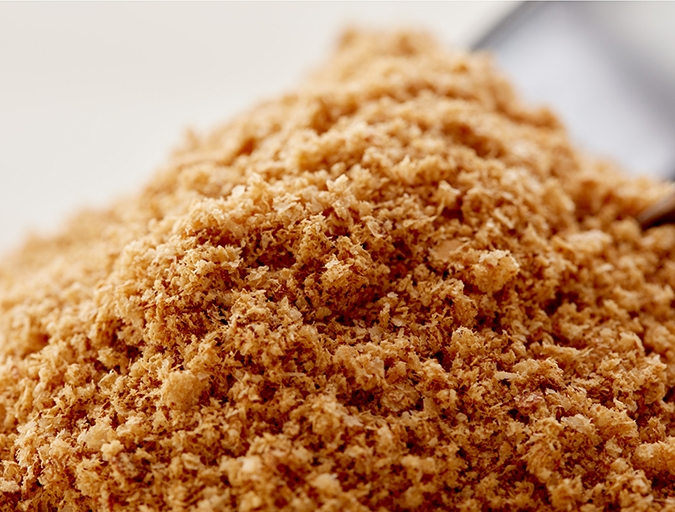
Aquafeeds
Bridging the omega-3 gap with methane, microalgae
Innovation is leading to new ingredient options for renewable sources of omega-3 fatty acids. But Replicating long chain fatty acids is a tall order, Advocate contributor Lisa Duchene discovered.

Aquafeeds
Omega-3 levels fall in farmed salmon but it’s still a top source
Reformulating aquaculture feeds, an industrywide initiative to reduce dependence on wild fish, has changed farmed salmon’s nutritional profile, as BBC News reported recently. The researchers on whose work the report was based say of course it has, yet it remains one of the best sources for these crucial fatty acids.
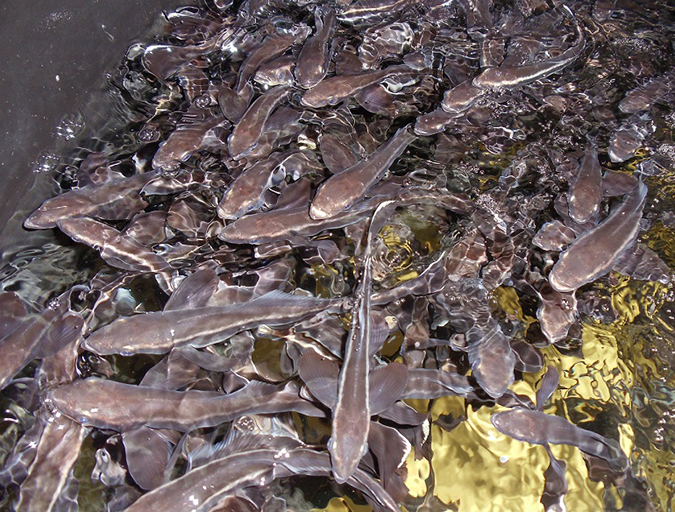
Aquafeeds
Is a fish oil-free cobia feed possible?
The availability of a cost-effective grow-out feed formulation is an ongoing bottleneck for the expansion of cobia production. Studies by the authors show that the development of an aquafeed with limited or no fish oil content is possible.
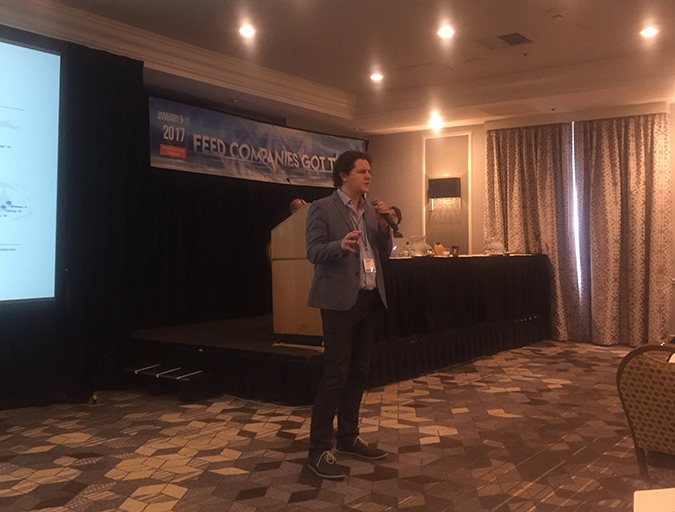
Aquafeeds
Talent show: Aquafeed companies show off at F3
Aquafeed manufacturers and alternative feed ingredient suppliers from all over the world gathered in Silicon Valley for F3, the Fish Free Feed contest. In the hub of innovation, solutions to a global problem were on full display.


